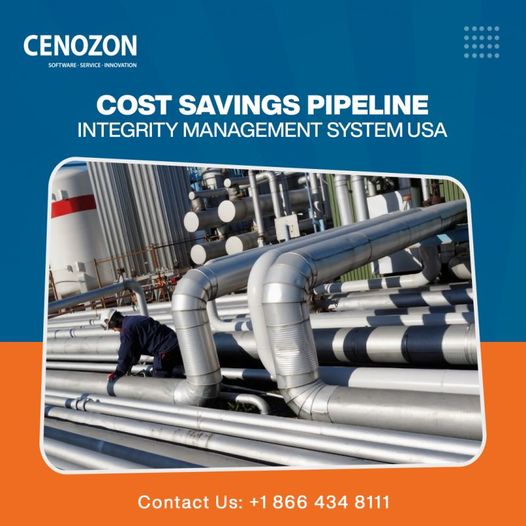November 21, 2022
Phases of Pipeline Integrity

Energy distribution systems such as pipes need inspection and management protocols to prevent the occurrence of spillage or leaks and ensure operational efficiency.
Pipeline integrity management refers to actions or processes that aim to uphold the integrity of pipelines.
Some of the benefits of pipeline integrity management include:
• Reduce pipeline incidents
• Identify and prioritize critical tasks
• Optimize corrosion mitigation
• Simplify and achieve compliance
• Streamline processes.
In this short article, we look at the three phases of pipeline integrity.
.
Phases of pipeline integrity.
Pipeline integrity can be grouped into 3 distinct phases. The three stages of pipeline integrity include
Prevention: as the name suggests, the prevention phases refer to all operations, processes, and practices that prevent the occurrence of incidents such as accidents or hazards and ensure that energy-distribution systems are functioning optimally. The prevention phase typically entails the application of Integrity management solutions in the US and other inspection tools. The prevention phase of pipeline integrity can further be divided into three.
Pipeline design and construction
Pipeline operation and maintenance
Training and Education
Detection.
Detection involves identifying faults, flaws, or inadequacies in infrastructure, systems, standards of operation, etc. In pipeline systems, leak detection can be grouped either as external or internal detection. External detection checks for leaks in the surrounding area. Internal detection focuses on the internal conditions of the pipe as a means of identifying the problem.
Mitigation.
Mitigation is the final phase of pipeline integration. It involves steps and protocols required to stop and lessen the impact of the damage caused during a leak.
Pipeline integrity management software.
Pipeline integrity management (PIM) software provides a system for companies to manage infrastructure, systems, operations, processes, and resources that pertain to pipeline integrity. PIM or PIRM software allows companies to centralize and access data more effectively, meet compliance, and reduce incident rates- the features of robust management software range from inspection, asset management, risk management prediction analysis, etc. PIRM software and the adoption of automation technologies such as IoT can further bolster the efforts of O&G companies.
Final thoughts.
Ideally, all oil and gas companies want their operations to occur within the prevention phase because of the safety, regulatory, and cost implications of mitigating leaks in pipeline systems. With pipeline risk management solutions in the US, oil and gas companies can improve safety, increase output and performance, and ensure total compliance with industry rules and regulations.
